By Robert Barr Smith
She was a sleek, efficient, deadly killer, a home to six officers and 60 enlisted men, and a holy terror to the enemy. She was a fleet submarine, and she was called Batfish.
She was not among the record-holding American boats in total tonnage or number of ships sunk, but the submarine force of Imperial Japan had reason to fear her. For Batfish was one of only two Allied boats with the distinction of sinking three enemy submarines. Her only competition came from Great Britain’s HMS Upholder, which sank three Axis boats in the Mediterranean, part of almost 130,000 tons of German and Italian shipping she sent to the bottom.
Oddly, Batfish’s first encounter with a hostile vessel was also with a submarine, this time a presumed German U-boat in the Atlantic, not long after her commissioning. The German fired two torpedoes at her, but both missed entirely. Engine room crewman Tex Davis remembers the occasion vividly, especially three commands in quick succession from the skipper of Batfish: “Battle stations, fire 9 and 10, and dive.”
“It was all over,” says Tex, “before I could even get to my battle station.” Today, surviving Batfish crewmen suspect that they may have sunk still another submarine on that day, but no official confirmation of the German sub was ever received.
Sadly, Batfish’s only rival—Upholder—disappeared with all hands on her 25th sortie from embattled Malta, victim of an Axis mine or surface escort, but Batfish had better luck. Today she lies quietly on the lawn outside the World War II Museum in Muskogee, Oklahoma, basking in the sun, dreaming, maybe, of other days. Some of her old crew visit her from time to time, and the public goes aboard her and wanders through her compartments, sometimes wondering aloud how so many men could live and fight in such a tiny, cramped space for weeks on end.
In fact, her crew quickly got used to their cramped quarters: “It was,” says signalman Jim Callanan, “like being in my own living room.” And by the standards of World War II Batfish was not tiny at all. She was state-of-the-art for those far-off days, a diesel-electric submarine of the Balao class, just over 300 feet long, displacing some 1,800 tons surfaced and about 2,400 submerged. She was capable of just over 20 knots on the surface, using all four of her diesel engines. She could do almost nine knots submerged for short periods, and her 10 21-inch torpedo tubes gave her a mighty punch. She carried 24 torpedoes, each of which would run at 45 knots over about 4,500 yards; they could also be set to run at 31 knots, extending their range to some 9,000 yards.
In addition to her sonar and radar, Batfish also carried a unique piece of equipment called a bathythermograph, which measured the thermal layers of the deep sea. These layers, made up of water of differing temperatures, distorted and deflected sound, and so provided a refuge for submarines, places in which to hide from the deadly tentacles of a destroyer’s sonar search. Properly used, it could also help the boat find a spot from which her own “ears” could reach out extraordinary distances to locate an enemy.
Batfish mounted a 4-inch deck gun plus antiaircraft weapons—one 40mm and one 20mm—and later in her career she would be fitted with still another light cannon of each caliber. And she carried radar, two sets in fact, much more efficient equipment than that installed in her Japanese rivals, as time would prove.
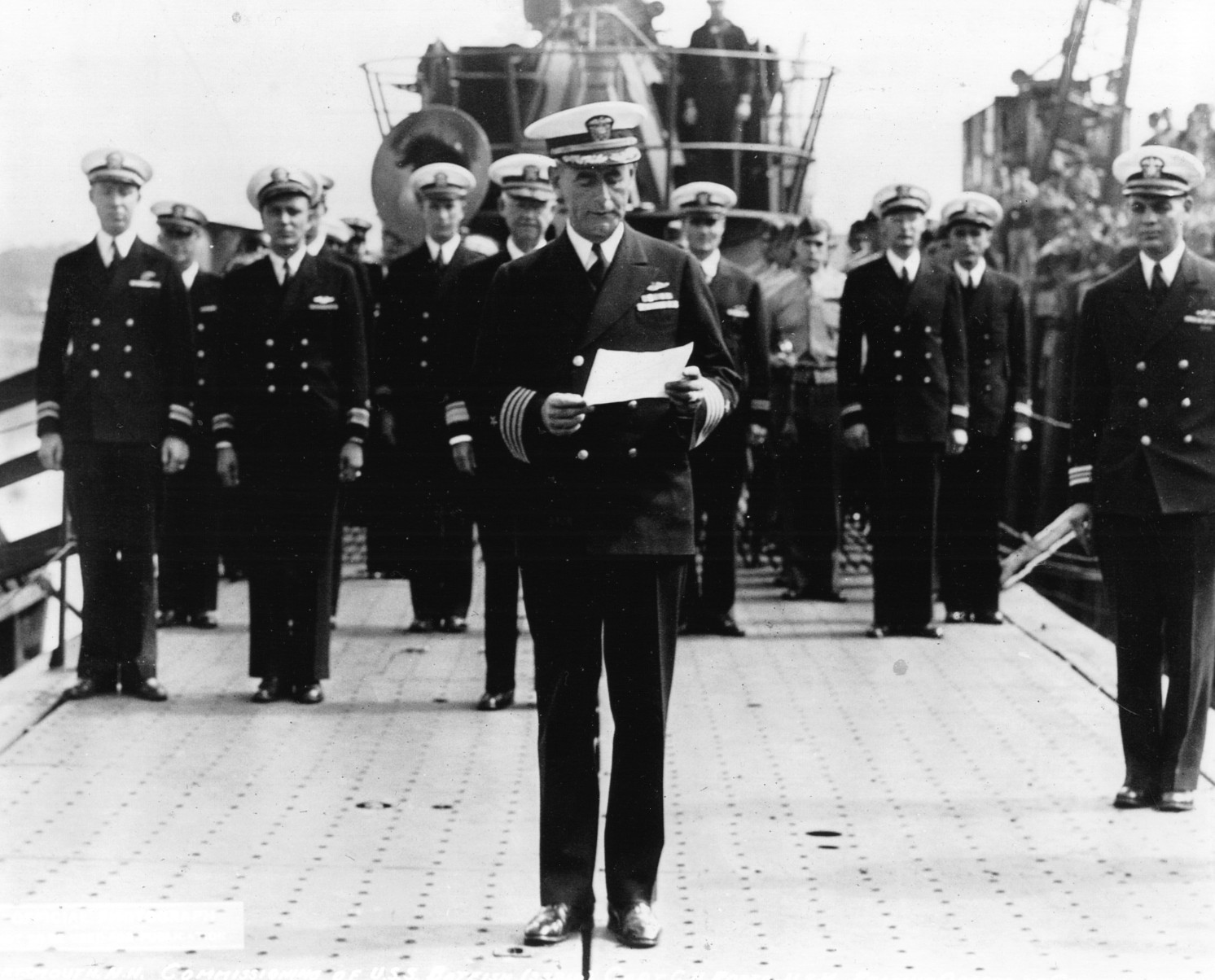
One radar set scanned the vastness of the sky for aircraft, generally hostile in her operational area. It would efficiently warn of the presence of an aircraft somewhere within the set’s range, but could not pinpoint its direction. On the other hand, the surface-search radar would reach far out to tell the direction of a vessel on the surface. It could give the radar men a bearing on anything the set saw, and it could be used when the submarine was slightly submerged. These radars were the key to surviving in her operational area, the extremely perilous waters off Japan, the Philippines, and Formosa.
Batfish could easily operate as far below the surface as 400 feet, about a hundred feet deeper than her otherwise similar predecessors of the Gato class. If she were driven deeper, somewhere below 400 feet lay her “crush depth,” but just how far down that was, nobody knew. The best guess was that she could not live below 850 feet.
For Batfish was built to survive. Her all-welded hull was made of inch-thick steel, and she was divided into eight watertight compartments. The passage between compartments was only one by four feet, a perpetual danger to heads and shins, but each compartment could be closed by a massive 500-pound watertight steel door. Her conning tower, also watertight, was a tiny place, about eight feet by 15, the heart of the boat during an attack. Once she neared a target, she closed down her big search periscope, relying on the attack periscope, which was longer and thinner and left less of a wake, a “feather” in submariner jargon.
Before Japan Surrendered, Batfish Would do Seven War Patrols, Sinking 14 Enemy Vessels, Almost 38,000 Tons of Shipping.
Running on the surface, she used one or more of her four diesels, which were also used to charge her array of batteries, more than 50 tons of them. When she had to dive, those batteries powered her electric motors, which would keep her going submerged for about 24 hours at very low speeds.
Batfish was commissioned August 21, 1943, at the Navy Yard in Portsmouth, New Hampshire. After her trials, she joined the ever-increasing submarine offensive in the Pacific, a ceaseless, merciless campaign that accounted for more than 300 enemy ships during that year at a cost of 15 American boats. Before Japan surrendered, Batfish would do seven war patrols, sinking 14 enemy vessels, almost 38,000 tons of shipping. She also damaged two or three other ships, and along the way she fished three American aircrews out of the unforgiving waters of the South China Sea.
Batfish earned a Presidential Unit Citation, nine battle stars, a Navy Cross, four Silver Stars, and 10 Bronze Stars. It was a gallant and enviable record, and the men who sailed in her had every reason to be proud.
Early on, however, in spite of some modest success against the Japanese, some of the men who sailed in Batfish may have felt that she still had something to prove. Under a prior commander, later relieved of command, Batfish had spotted the super-battleship Yamato, but failed to attack her. Batfish had picked up the huge ship on radar at night in heavy seas, but according to one story the sub’s skipper so feared a hit from one of the battleship’s 18-inch main guns that he refused to press home an attack.
According to that version of the incident, the captain remained adamant even when one of his own officers told him he had been a battleship turret officer and, “[I]t would be utterly impossible for a pointer and trainer of a fire control party to stay on us the way we were bounding around. [He] was still concerned over being ‘blown out of the water’ by a 16-inch [sic] shell.…”
Batfish’s executive officer was so angry that he later asked to be—and was—transferred out of the boat. In any case, after the boat’s second patrol this captain was relieved of command, probably because of an alcohol problem.
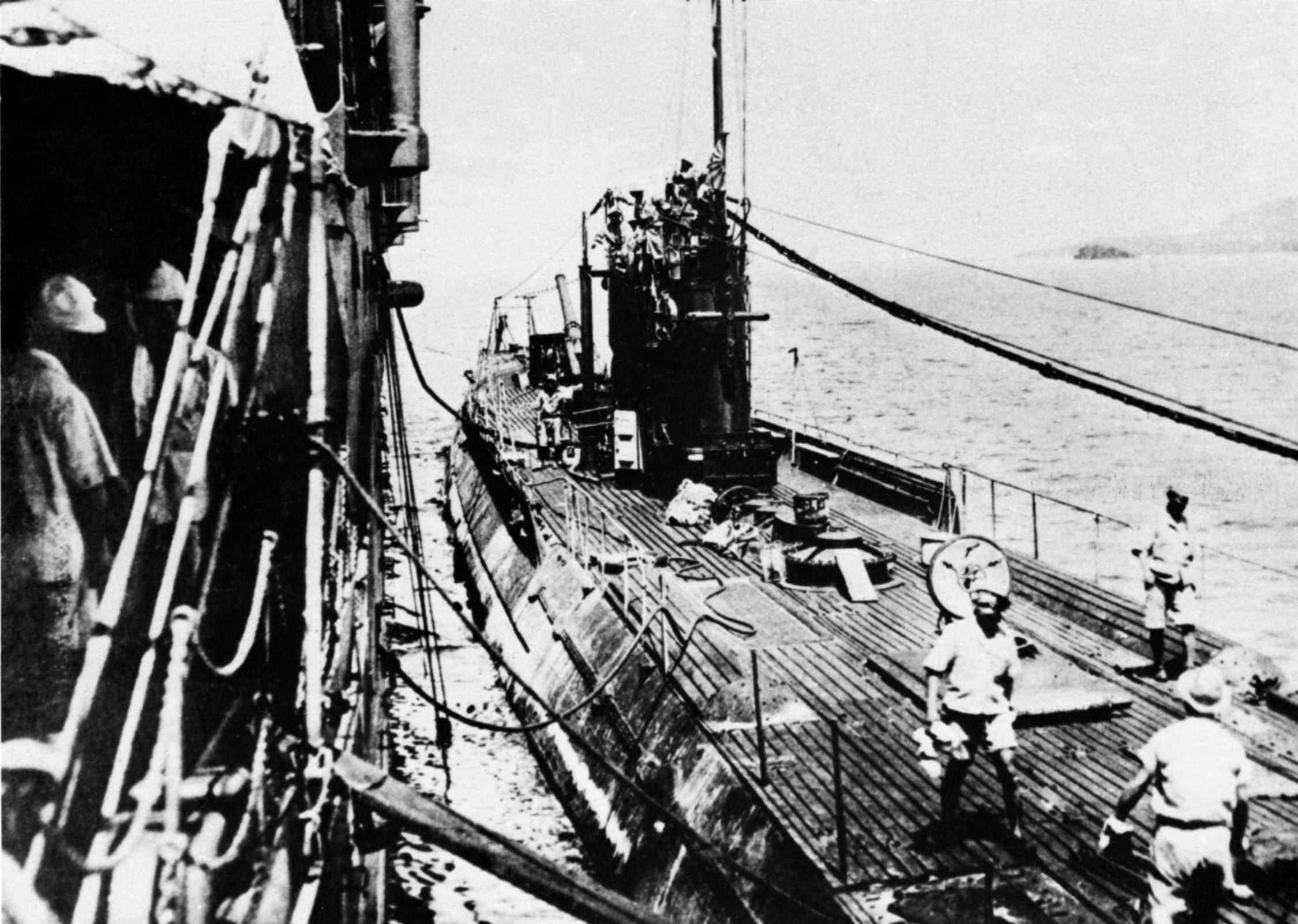
On the other hand, one crew member, Tex Davis, recalls that a combination of Yamato’s speed, the heavy weather, and the battleship’s alert escorts made an attack impossible, although several attempts were made to close in to torpedo range. Yamato steamed directly over Batfish, he remembers: “Her screws shook the whole boat.”
The captain, he recalls, tried to close with Yamato in spite of the escorts and very rough seas but could not shoot without endangering his own boat. Davis remembers that Yamato’s escorts dropped more than a hundred depth charges to protect their huge charge. For his part, he admired the captain, who, he said, “was like a father to me.”
Better, more successful days followed under the new captain, Commander John K. Fyfe, called “Jake,” who took over the boat after her second patrol. Patrolling off Honshu under Fyfe’s highly effective leadership, Batfish got one Japanese ship, and then, in the Palaus, she finished off the destroyer Samidare, already damaged by an air strike. Jake Fyfe made very sure of Samidare, putting six torpedoes into her, blowing off her stern, and leaving her “sinking fast and smoking heavily.” When a Japanese minesweeper showed up to help Samidare, Fyfe got her too.
Along the way Batfish encountered an unusual foe, the lineal descendant of a British innovation in World War I. She looked like the sort of quarry every submariner coveted, a Maru, a substantial Japanese merchant ship. In fact, she was what the Royal Navy dubbed a “Q-ship,” a merchant vessel filled with lumber or cork, crammed with concealed guns and manned by a regular Navy crew. They were trained to remain hidden no matter what punishment their vessel absorbed, hoping an enemy submarine would surface long enough for their guns to sink her.
This time the Japanese were unsuccessful. Batfish engaged the Maru at long range on the surface, but turned to run for her life once the shielding on the Q-ship’s guns fell away to reveal her true nature. “That was the biggest damn barrel,” said one lookout afterward, remembering the gaping muzzle of the Japanese ship’s forward gun. Fyfe recalled a series of unsuccessful salvos from the frustrated Japanese ship, and crew members vividly remembered a dive in record time. “One hundred feet in 26 seconds,” said one.
Batfish had more enemies at sea than the destroyers and smaller escort vessels of the Japanese Navy. Aircraft were a constant threat in the waters off Japan, Formosa, and the Philippines, although Captain Fyfe was surprised by the number of hostile aircraft that came close to the submarine but did not attack. The captain attributed this lack of vigilance in part to American air power. Japanese aviators, he thought, probably spent “as much time looking up as looking down,” for fear of American planes.
Those same friendly aircraft, however, were sometimes a mighty trial to Batfish. Eager American aviators were occasionally wont to attack anything that looked like a submarine, without wondering long to whom the boat belonged. Three times, Tex Davis recalls, U.S. aircraft bombed Batfish. On one occasion, he remembers, the boat was attacked by American aircraft when the submarine had two rescued American pilots on board. At another time, a friendly airplane dived on them while Batfish was talking by radio to the offending pilot’s squadron leader. On at least one occasion, an American aircraft dove on Batfish while the submarine was operating her IFF (identification friend or foe) equipment.
Surviving not so friendly fire, in October 1944 Batfish was part of the massive submarine cordon around the Philippines during the long-awaited invasion. In the next month, she was part of a wolfpack led by the submarine USS Batfish, Plaice, Scabbardfish, Archerfish, Blackfish, , attacking a convoy in Lingayen Gulf. Captain Fyfe got credit for two freighters on this occasion, but the best was yet to come. It happened in February 1945, as Batfish was on her sixth combat patrol.
Batfish returned to Pearl Harbor to refit after her fifth patrol, traded in her 4-inch gun for a 5-incher and added a 40mm antiaircraft gun. Some 67 alterations, read additions and repairs, were undertaken during the boat’s 16-day refit, and even then there was not enough time to fully finish up everything necessary to get Batfish up to her top fighting trim. But the Pacific War did not wait for repairs or much of anything else, and after a brief training period, Batfish announced her readiness for sea on December 30, 1944.
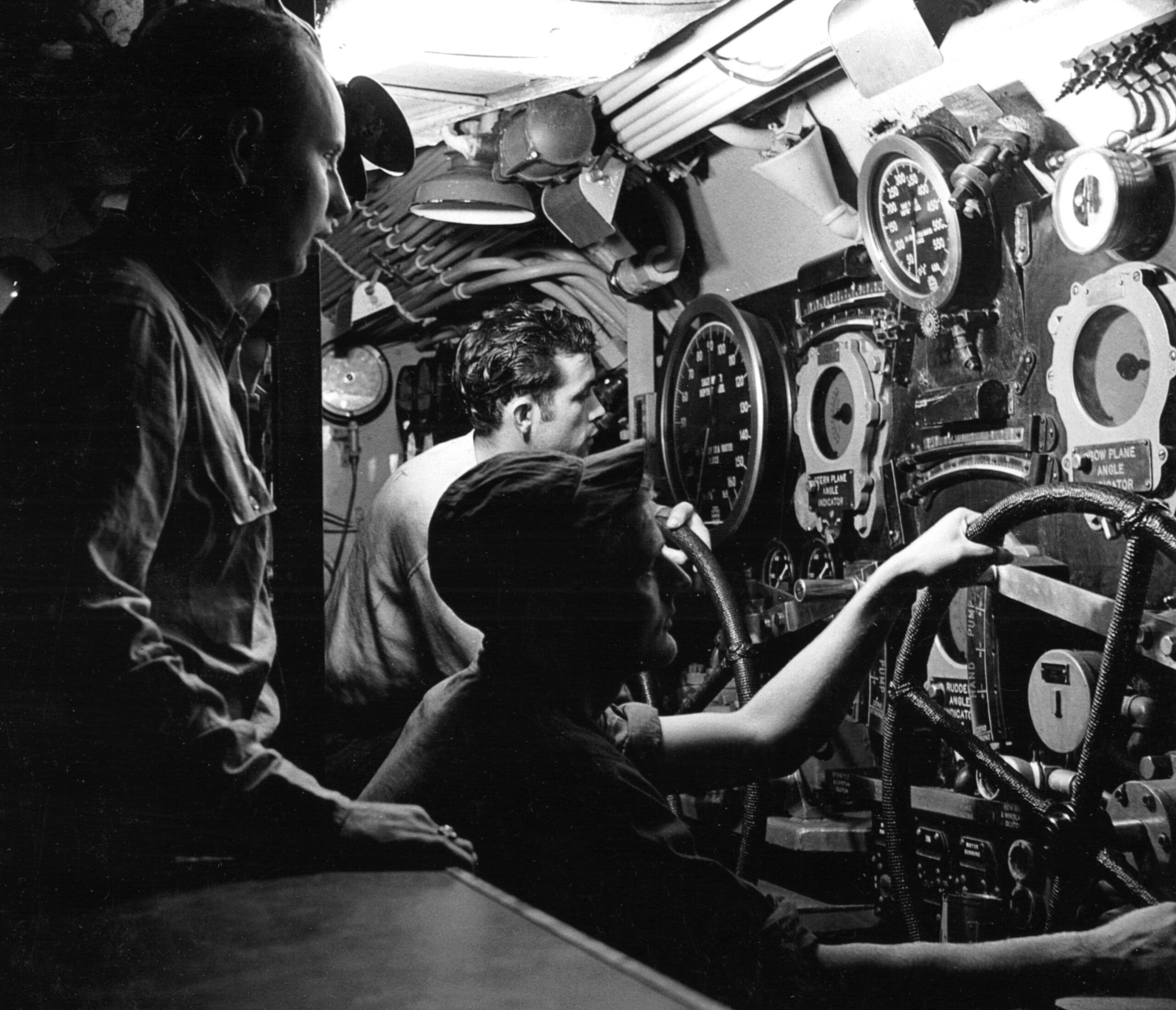
The Year 1945 Would be a Banner Year for Batfish.
She was working the area of Luzon Strait, off the Philippines, when American codebreakers picked up a message that four Japanese submarines were bound for Luzon. Their mission was to run ammunition into the Philippines, and on the return leg to evacuate Japanese aircrews and other critical personnel to Formosa. American naval intelligence had even deciphered the submarines’ sailing dates and the routes they would take. The Japanese boats were sailing straight into the teeth of a waiting American picket line composed of Batfish, Plaice, Scabbardfish, Archerfish, Blackfish, and Sea Poacher, all deployed across Luzon Strait.
Batfish was combat worthy, but she had developed some defects her commander looked forward to repairing during the next refit. In addition to some more minor problems, both of the boat’s periscopes leaked badly, and the once quiet boat had developed a serious noise problem. “Now any speed over 3 knots,” wrote Captain Fyfe, “and we sound like a freight train.” But even with these and the other nagging problems, she was about to have her finest hour.
About 10:15 on the night of February 9, the submarine’s radar watch picked up signals on the sub’s APR gear, emissions from somebody else’s radar, somewhere out there in the blackness of the night. Not long afterward, the submarine’s own radar picked up a blip, a vessel some 11,000 yards distant. But was the vessel friend or foe?
Fyfe radioed the other American boats in the pack to which he belonged, asking each her position. Crewmen remembered the answers coming in one by one, “not me, not me.” Once all the friendly boats had answered, Fyfe was virtually certain that the contact was not a friendly ship and assumed it to be one of the Japanese submarines making for Luzon.
He was right, but even then he would not shoot until he gained visual contact and made sure the target was an enemy. At last the captain saw what radarman Jim Callanan and Tex Davis remembered as the characteristic hump forward of the conning tower in Japanese I-class submarines. Fyfe was sure of his quarry now and set up his torpedo attack.
The night was gloomy, dark and overcast, and there was no moon, excellent weather for a surface attack. Captain Fyfe positioned his boat to take advantage of the darkness, so that he approached his target from the east with the deepest of the gloom behind him.
Just before midnight, Fyfe fired at 1,850 yards, but all of his torpedoes missed. He was still in the game, however, for the Japanese vessel did not dive or otherwise react, but went steadily on its way. Apparently nobody on the target’s conning tower had seen the track of the American torpedoes, and her crew had obviously ignored the explosion of Fyfe’s torpedoes at the end of their unsuccessful run.
And so Fyfe reasoned that the Japanese radar was either designed solely for antiaircraft detection, or terribly inefficient, or maybe both. So, Fyfe recomputed his attack, deciding that the enemy’s estimated speed for the first attack had been two knots too slow. He then closed to 990 yards and fired three more fish just after midnight. The first ran hot in the tube, ejecting on the second try but running erratically off into the night. The third also missed. But the second torpedo ran true.
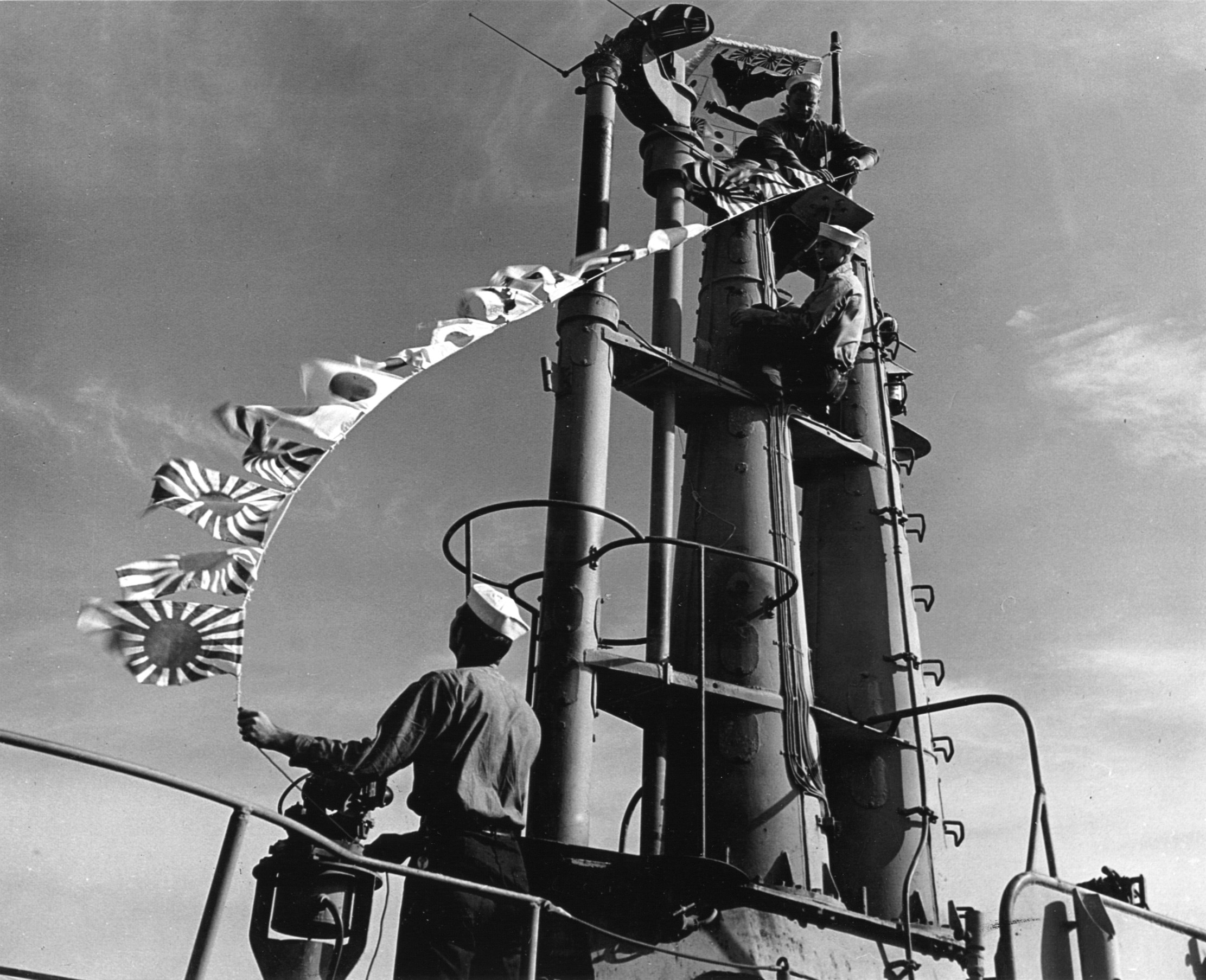
In a “brilliant red explosion that lit up the whole sky,” the Japanese boat exploded and sank quickly, and Fyfe’s radar watch saw the target blowing apart. Crewmen thought they had heard an “air fish,” a compressed air torpedo, rush past their hull in the water, as if the Japanese boat had fired about the same time Batfish did.
Because Fyfe’s crew heard he had spotted the hump forward of the conning tower, and Fyfe noted in his log that he had seen an I-class boat from his bridge, the Japanese boat was almost surely I-41. Various authorities have later theorized that the submarine might have been either one of two RO-class boats, but the RO boats had no such distinctive bulge.
Fyfe rigged a searchlight and searched for survivors and debris, but found neither. There was only a heavy stench of oil and a thick oil slick, but nothing more. Fyfe sensibly called off the search, realizing, as he wrote later in the ship’s log, “We were advertising ourselves needlessly and accomplishing little except ruining the night vision of the bridge personnel and probably drawing airplanes.”
The sinking was a substantial success, for the Japanese boat was almost surely inbound to Formosa from the Philippines, loaded with Japanese aviators or other VIPs, perhaps even bullion or other wealth destined for the imperial treasury. But Batfish was not finished.
The next day aircraft flew toward Batfish. They might have been friendly, although Fyfe was convinced the offending planes were using Japanese antisubmarine tactics. Batfish was still on the surface, and the appearance of the aircraft drove her under, spoiling Fyfe’s plans for a surface reconnaissance, losing the advantages of better speed and better visibility that surface cruising would have given his boat.
He came to periscope depth later in the morning, but again approaching aircraft made him dive, and this time they dropped a torpedo, which fortunately missed. It was, wrote Fyfe, “a tender moment, and if these actually prove to be blue planes [American] a most unfriendly act.” But he stayed on station, even though Japanese aircraft remained active deep into the night.
Fyfe’s persistence paid off again on the very next night, February 11. As Batfish surfaced to recharge her vital batteries, the APR again alerted the radar watch. Once more, something was out there in the night, its radar looking, searching, reaching out its long, probing fingers in the gloom. Batfish’s own radar picked up her target at about 8,000 yards.
RO-112 was on the Surface Again, Working Her Radar but Obviously Seeing Nothing on it. Her Blindness Would be Fatal.
On the conning tower, Batfish’s officers and lookouts strained to pierce the darkness ahead through their binoculars … and there she was, some 1,800 yards away, moving at only about seven knots but zigzagging. Fyfe went to battle stations and Batfish closed to 1,200 yards. At that range the American lookouts were sure. They were stalking a Japanese submarine, apparently somewhat smaller than their last victim.
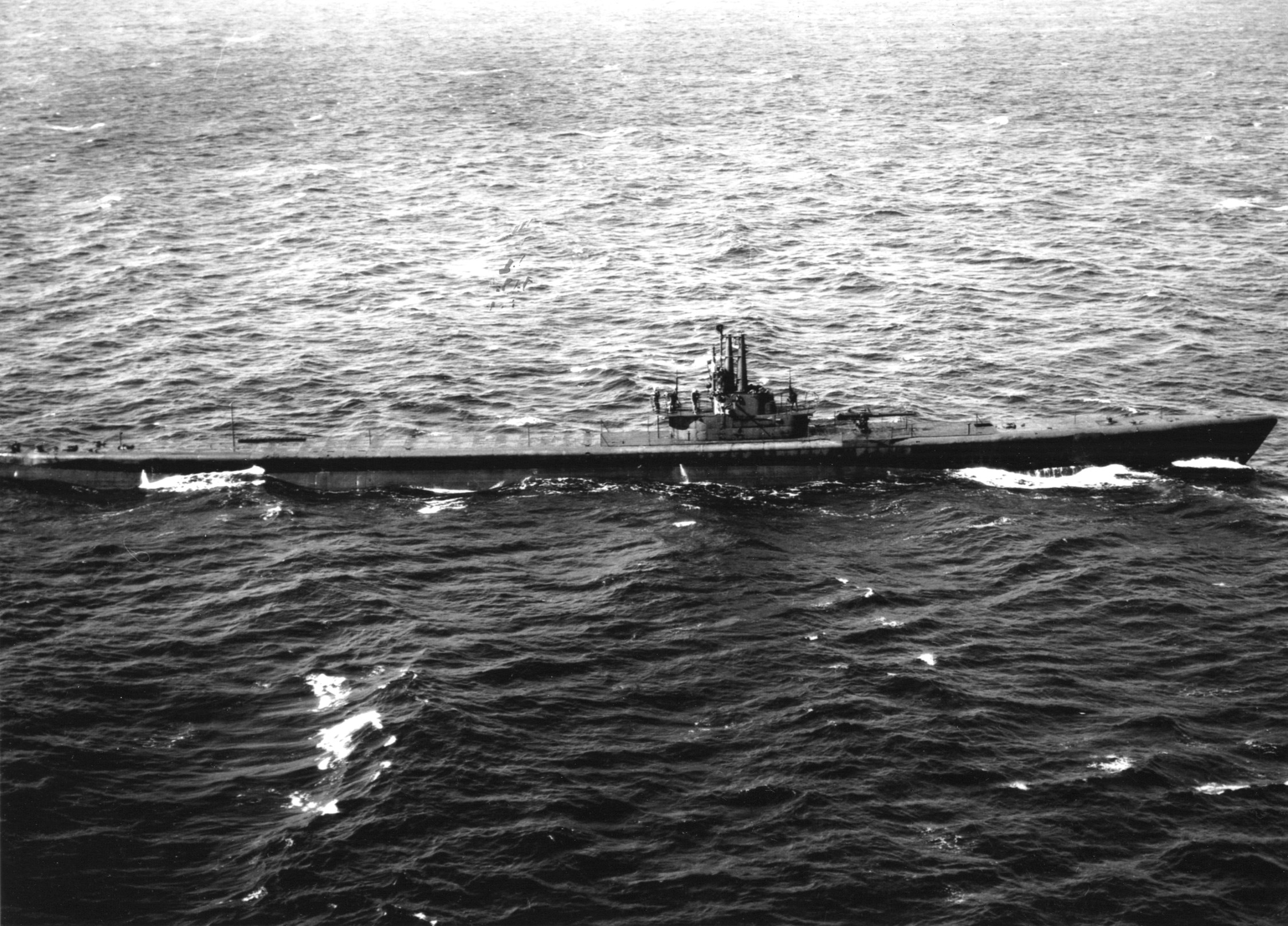
It was RO-112, outbound from Formosa. Fyfe again had perfect weather for his attack, an overcast, moonless night, and he began his approach on the surface with rain squalls behind him, shielding his boat from the Japanese lookouts.
Before Fyfe could make his range and speed calculations and shoot, his quarry disappeared. He could not tell whether she had seen him on her radar or made visual contact, or whether she was simply making a routine dive. Either way, his disappointment was intense, and Fyfe wrote in his log that he blamed himself. “Signal on APR went off and target dove. Changed course to left and speeded up, in the meantime trying to reconcile myself to the fact that I had lost this one by trying to wait for the theoretically perfect set up.”
Then, only half an hour later, Batfish’s sonar equipment picked up the characteristic sounds of a submarine blowing its ballast tanks, the Japanese radar resumed operating, and RO-112 was on the surface again, working her radar but obviously seeing nothing on it. Her blindness would be fatal. This time Fyfe dove to radar depth at about 6,000 yards and was able to close the range to less than 900 yards. From that distance, at about 10 pm, he fired a spread of four torpedoes.
The blackness of the night erupted in a garish yellow fireball, and RO-112 was finished. As she began to sink, two more torpedoes exploded, detonated either by fragments of her hull or by the water turbulence caused by the first torpedo. Her death was spectacular, maybe a byproduct of a cargo of ammunition, for she was headed for the Philippines, where ammo was in short supply. As Fyfe wrote, “The target literally blew apart and sank almost immediately.”
Two more heavy explosions followed as RO-112 went down, capped by a third colossal blast and the sounds of escaping air and structural collapse. The Japanese boat was gone, and Batfish’s sonar men listened to the secondary explosions as she went down, and to the ghastly death rattle of a sinking vessel breaking up as she drifted into the terrible pressures of the great deep. Batfish could find no trace of her enemy left on the surface of the dark water, only a monstrous oil slick.
Two in a row. No American boat would surpass that record throughout the war, and only one other boat, USS Tautog, would even equal it. But only one night later, early on the morning of February 13, Batfish would break her own new record in spectacular fashion. Before another night was out, she would have a crack at still another submarine of the Imperial Navy.
The next night the faithful APR again warned the skipper and crew of Batfish. This time it was a little past midnight when the apparatus picked up hostile radar emissions far out in the night, almost 11,000 yards away. Although she could not pick up her enemy with her own surface radar, Batfish circled slowly, zeroing in on the Japanese signals with her own anti-air radar. Fyfe got a bearing on the Japanese transmission and followed it through the darkness.
And then, at about 2:15, Fyfe’s own radar picked up the target. This time it was RO-113, another of the Formosa boats, again bound for the Philippines to deliver supplies and ammunition and rescue critical Japanese personnel. Fyfe began his stalk.
As Batfish closed to about 7,000 yards, but before Fyfe could set up to shoot, the target dived as her sister had done during his last attack. Fyfe moved his boat to a position flanking the track of the Japanese submarine, ready to attack if she reappeared. Tension ran high in Batfish, for the crew knew that if the Japanese boat had spotted them she would have a good shot at the American hunter.
But then, more than an hour later, the quarry surfaced again some 9,600 yards away; this time Fyfe had time to close, compute, and fire. With only two torpedoes left forward, he swung his boat to bring the aft tubes to bear. Batfish’s crew had their hands full stabilizing the boat’s depth and bearing against a tidal rip, but Fyfe managed to fire three torpedoes from about 1,500 yards.
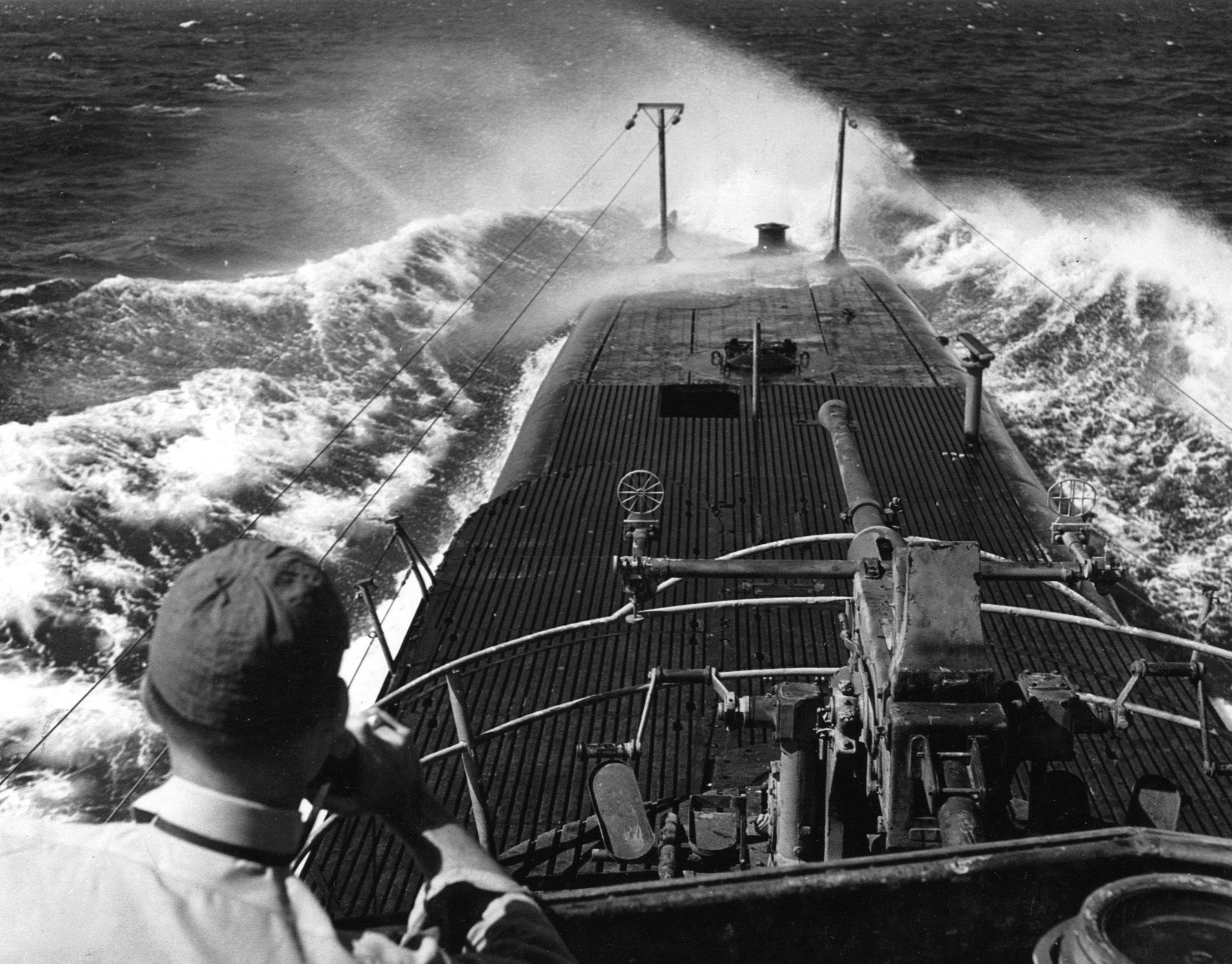
“I Knew Our Torpedo had Hit at Almost the Same Instant as the Lookouts Did.”
The first torpedo struck home, and his quarry disintegrated, blowing apart and slashing the night with a “large yellow ball of fire,” probably the result of a cargo of ammunition for the battered Japanese forces in the Philippines. The Japanese submarine was gone in 10 seconds, its image on the radar screen torn into “a wide diffusion of pips as the vessel went to pieces.” On the radio equipment, Callanan had been listening to the Japanese radar man “keying” his set, listening to the signal rising, then fading away. Callanan heard the Japanese apparatus quit abruptly, as if it had been cut off, and shouted, “We got him!”
“I knew our torpedo had hit,” he told this author, “at almost the same instant as the lookouts did.” Batfish closed in to the scene of the sinking and used her spotlight to look for survivors, without success. This time Captain Fyfe stayed in the area until daylight, hoping to recover something useful from his sunken foe. In the midst of a large oil slick, the crew recovered books and papers and a small wooden box about 14 inches square and about eight inches deep, a box that held Japanese navigation equipment, including navigation tables and a battery. From the contents of the box, Captain Fyfe learned something about his late opponent. “From the positions listed in the work book, it looks like this guy went from Nagoya to Formosa before he headed down to Luzon to join his ancestors.”
Batfish’s sixth war patrol had been spectacularly successful and would earn her crew the Presidential Unit Citation for “extraordinary heroism in action against enemy Japanese combatant forces.” Sometimes medal citations can err on the side of hyperbole, but in this case the Navy’s recognition of the crew’s “courage, superb seamanship and gallant fighting spirit” was right on the money. At the time of that sixth patrol, there were no more than four Japanese submarines in the waters around the Philippines. Batfish had sent three of them to the bottom.
No compliment rings truer or means more than a tribute from an enemy. The Japanese submarine force recognized courage and efficiency when they saw it. “American submarine crews were very well trained, skillful, and brave,” says Vice Admiral Shigeyoshi Miwa, who commanded the Japanese undersea fleet. “We did not expect such skillfulness.”
Batfish had survived dozens of Japanese depth charges, hostile bombs and friendly ones, and the guns of a Q-ship. She had overcome grounding on a volcanic crest 240 feet below the surface when her chart said she had 400 feet of water beneath her keel. Now it was time for quieter days and nights, for rest. Her war over, Batfish was decommissioned in April 1946 and retired to the mothball fleet at Mare Island Navy Yard in California.
But then, with the increasing pressures of the Cold War, Batfish was sent back into harness, recommissioned in the spring of 1952. She served thereafter as a training boat, until she was finally decommissioned in November 1969. In February 1972, she moved to her final resting place in the warm sun of Oklahoma. Her old crewmen visit and remember other, perilous days. “After you’ve served in submarines,” said Tex Davis, “you’re not afraid of anything anymore.”
Batfish had retired from the sea, but she left a hardy heir. Attack submarine USS Batfish won herself well-deserved fame as the boat that shadowed a big Soviet Yankee-class missile submarine for almost 9,000 miles through all kinds of sea conditions. She surfaced for the first time 77 days later, still undetected by her quarry.
Altogether, American submarines sank 25 enemy boats in the Pacific, including two German U-boats. For a single submarine to sink three of the enemy is extraordinary and speaks volumes for the efficiency and drive of Batfish’s captain and crew. It is easy to attribute successes like these to luck, but it is also well to remember that Jake Fyfe and his crew not only managed to find three enemy boats, but efficiently stalked and killed all of them.
You cannot argue with three for three.
Robert Barr Smith is a retired U.S. Army colonel and serves as associate dean for academic affairs at the University of Oklahoma Law Center in Norman.
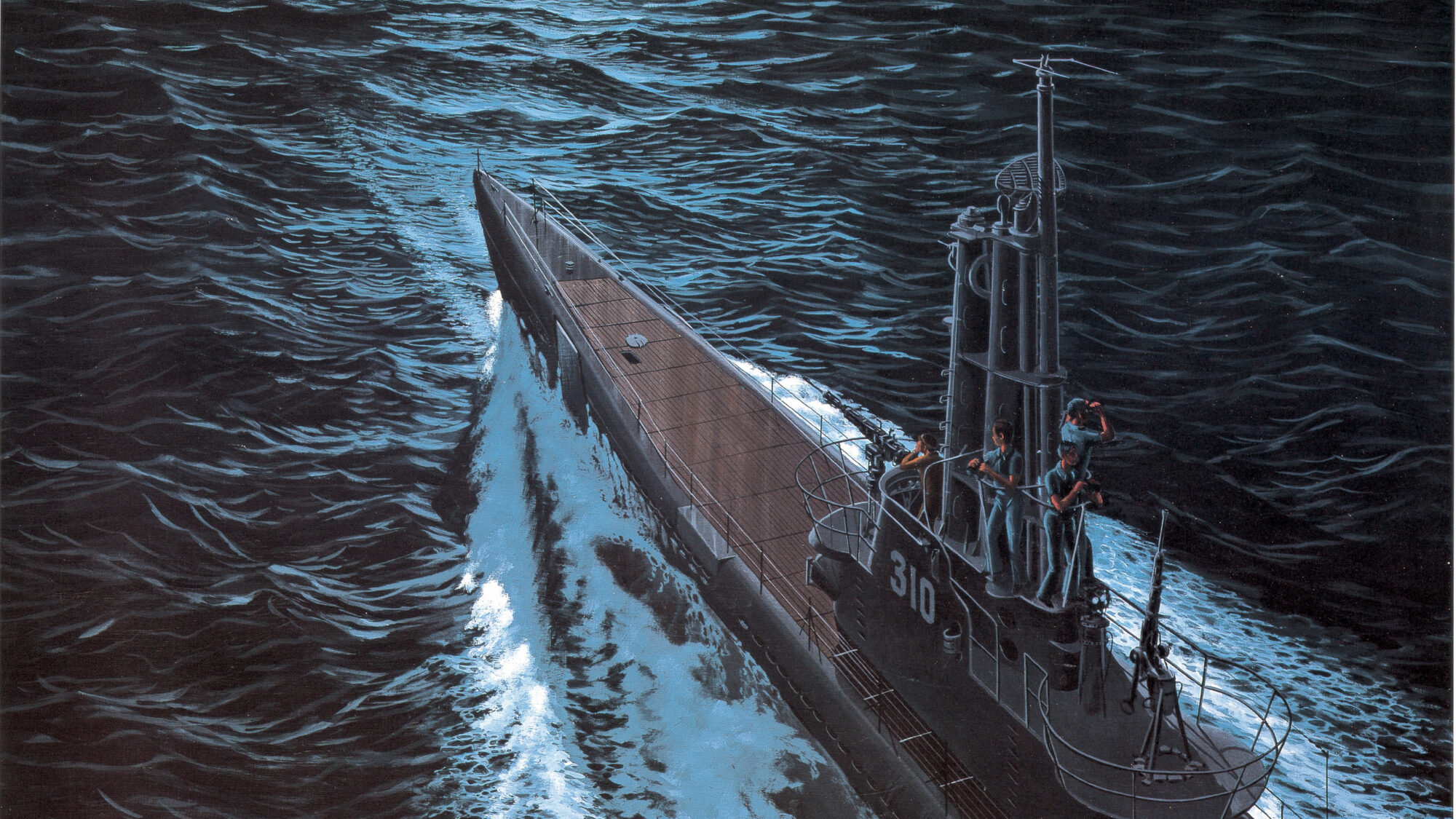
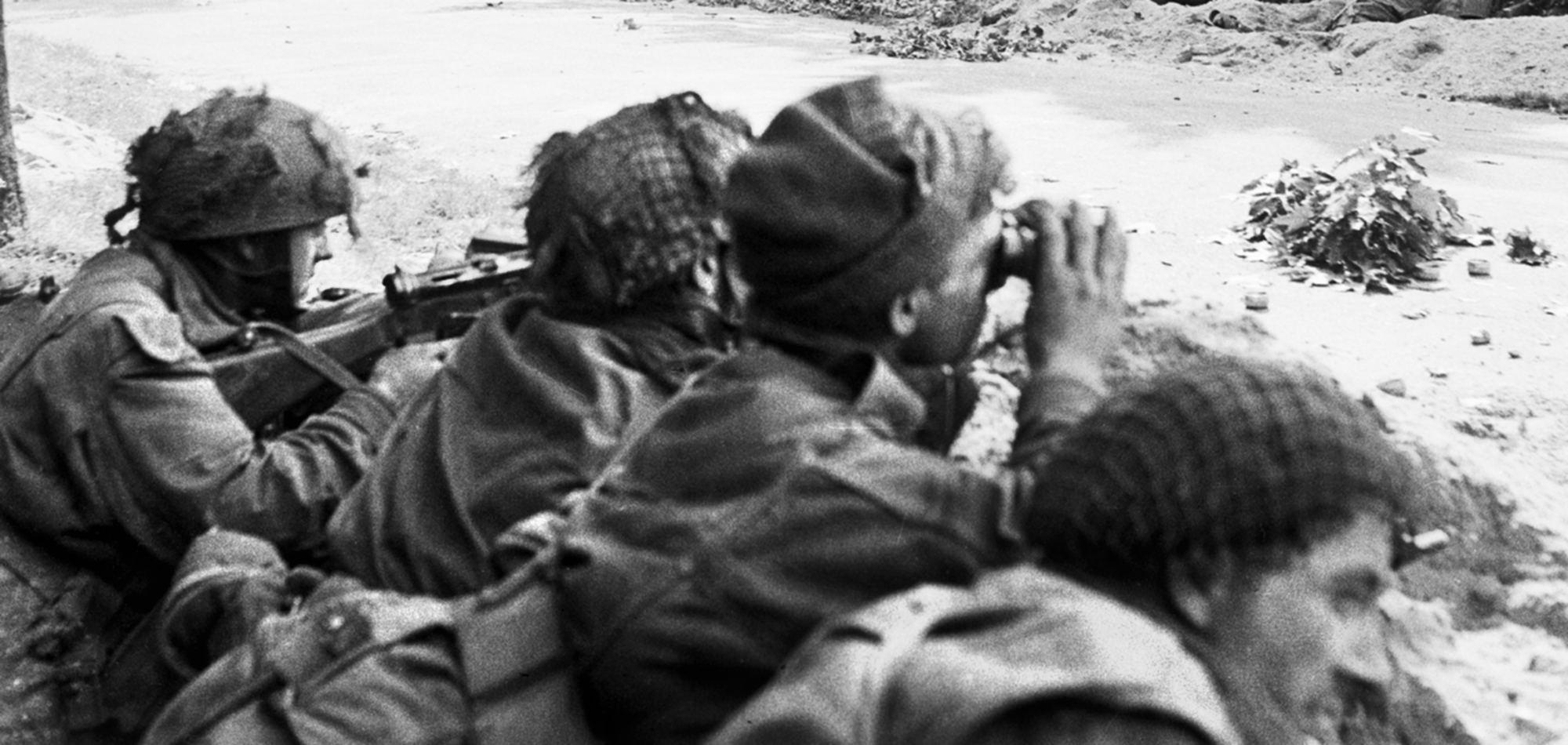
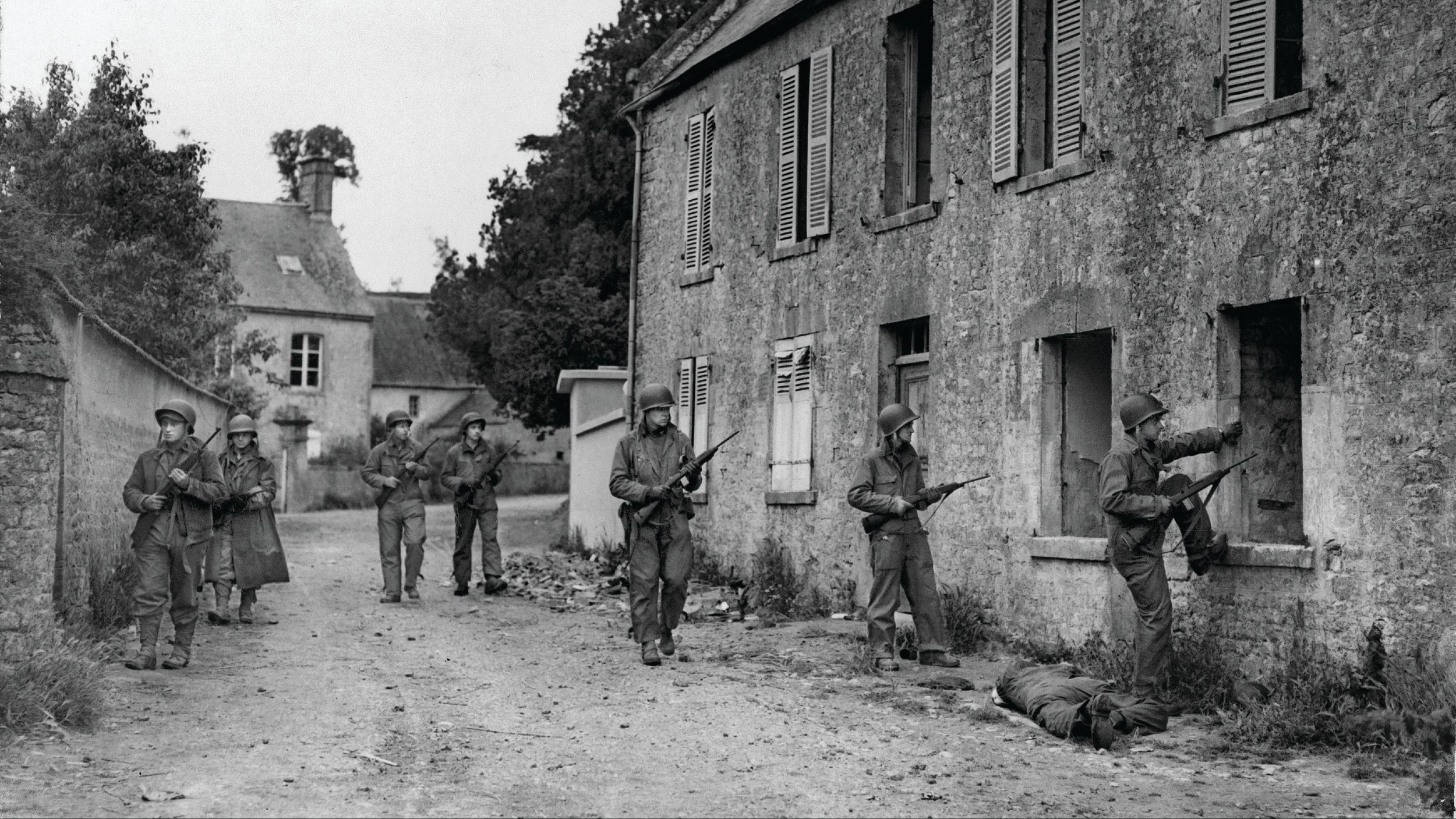
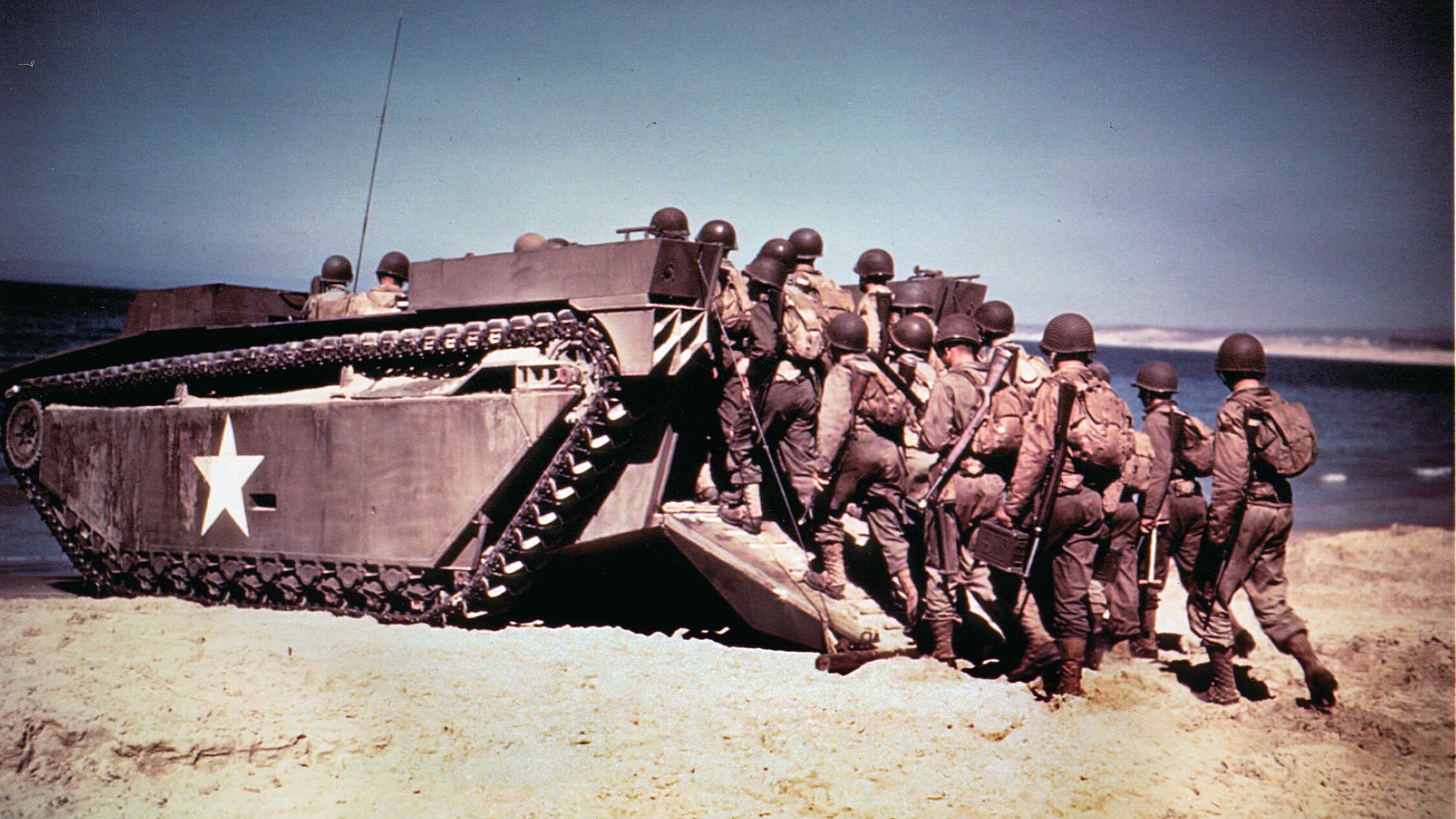
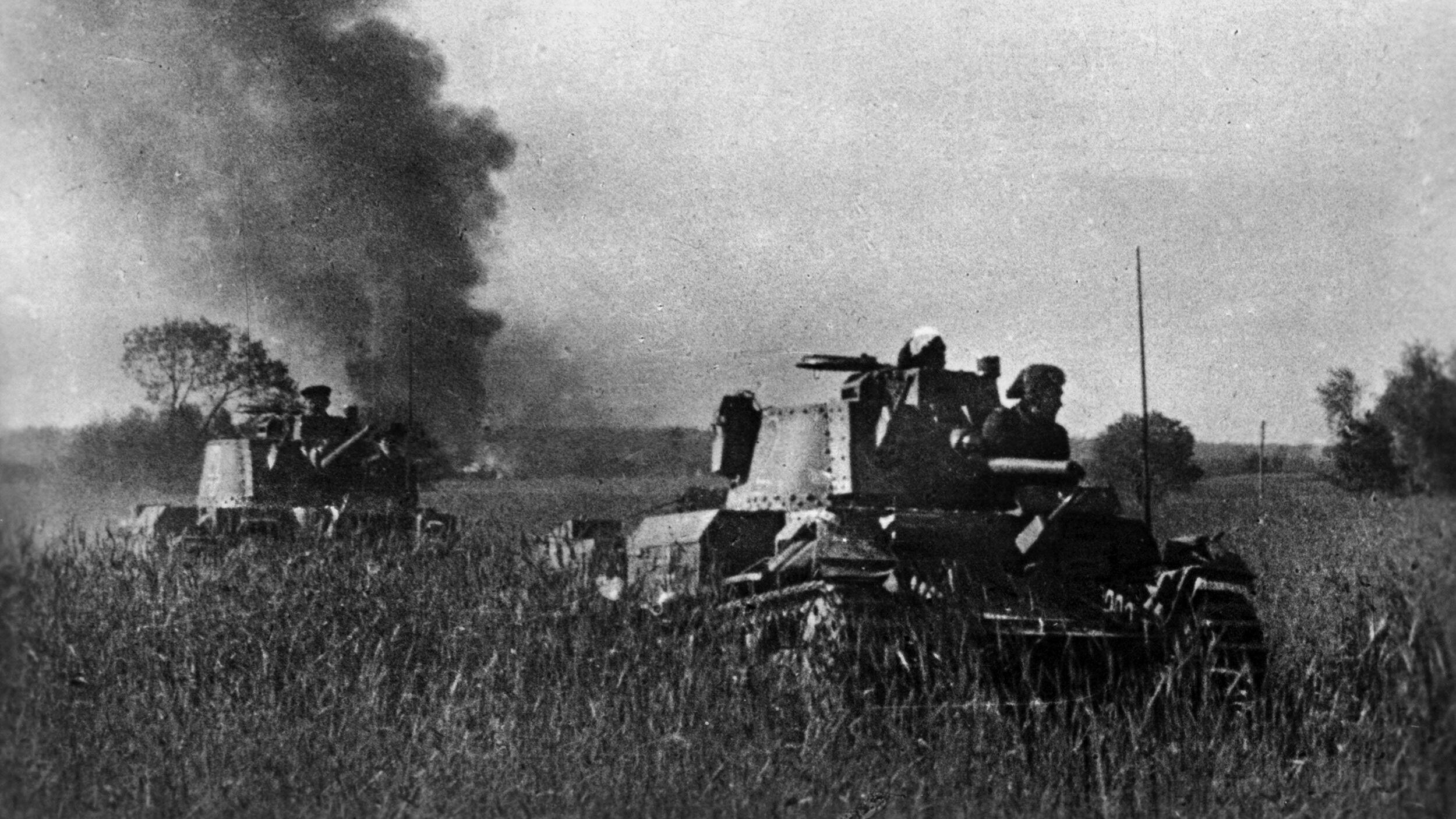
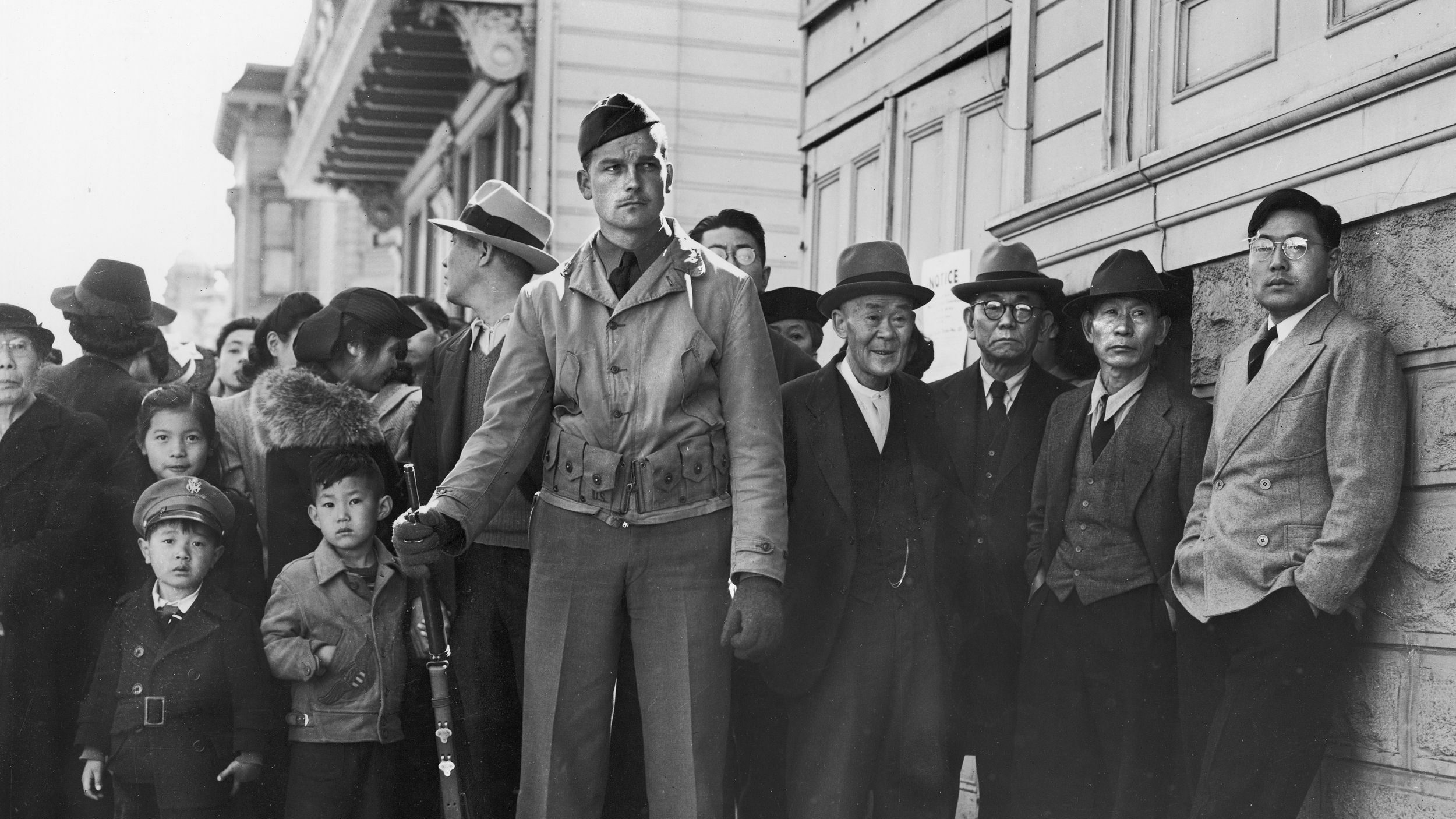


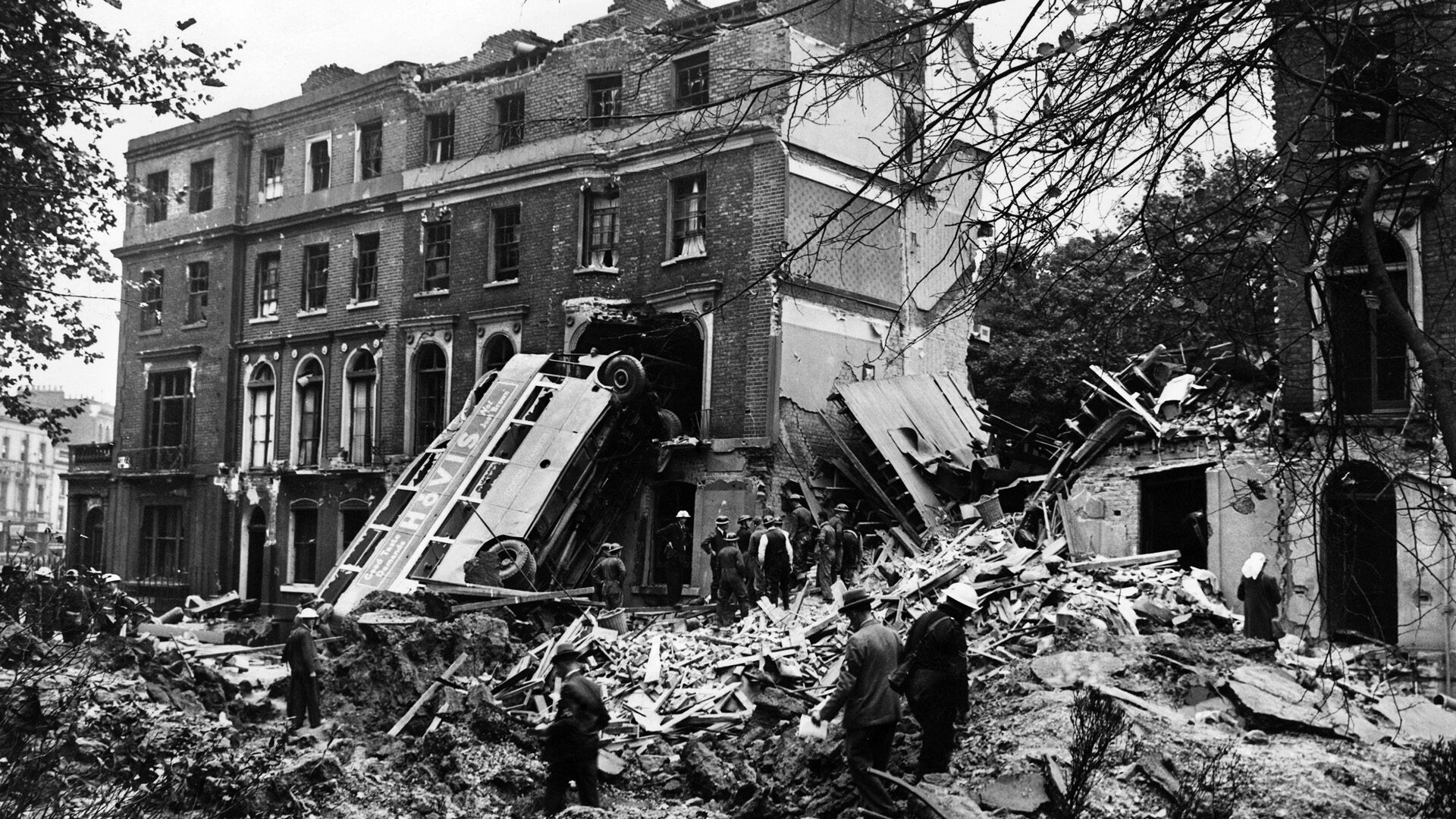
Join The Conversation
Comments
View All Comments